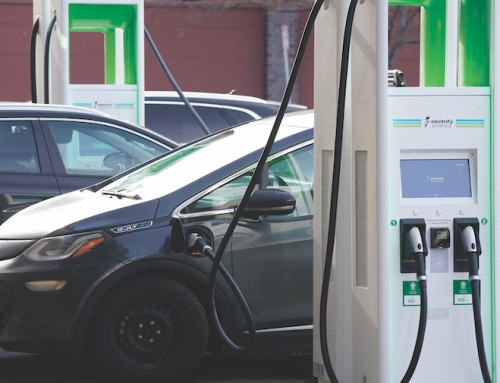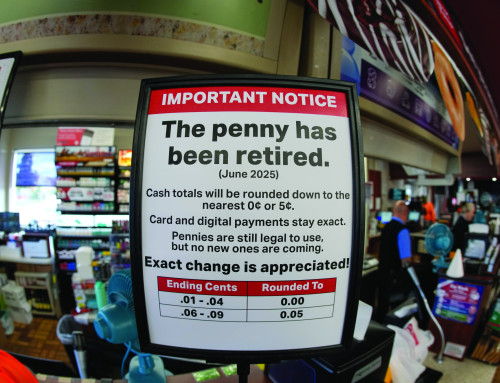A proposed federal infrastructure bill aimed at upgrading the nation’s transportation systems, among other projects, includes funding to repair thousands of the country’s bridges.
Ohio, according to data from the U.S. Department of Transportation’s Federal Highway Administration, has 1,377 bridges rated as “poor.” How many of those bridges will be repaired likely won’t be known until after the bill is approved, if it is approved by Congress and President Joe Biden.
Though Ohio has 1,377 bridges, or 5 percent of its 27,072 bridges, rated as poor, percentagewise the state has fewer bridges in need of repair than many states.
There are 34 states with a higher percentage of bridges rated poor than Ohio. Twenty-one percent of West Virginia’s bridges, for example, are poor, according to the data, the highest percentage of poor bridges in the country.
Only 1.4 percent of Nevada’s bridges are rated as poor, the lowest percentage in the nation, according to the data, which was compiled last year.
Ohio’s 1,377 bridges rated as poor ranks 12th in the country. Pennsylvania has the most bridges rated poor (3,353 bridges) while Delaware (19) has the fewest.
Age is a factor in the disrepair of the state’s bridges since 72 percent of Ohio’s bridges that are rated poor were built more than 50 years ago, according to the highway administration’s report.
At the county level, Cuyahoga County has the most bridges rated “poor” in the state with 78 bridges in that category.
In Franklin County, 2.3 percent of its bridges are rated poor, the second-lowest percentage of central Ohio counties. Only 1.1 percent of Delaware County’s bridges are rated poor, the lowest in the region.
Madison County, at 11.5 percent, has the highest percentage of poor bridges in the region. Knox and Licking counties each have 9.6 percent of their bridges rated poor.
Fayette (2.5 percent), Pickaway (2.6 percent) and Fairfield (3 percent) had low percentages of bridges rated poor.
Ratings for the bridges are based on the condition of their deck and supportive structure. Bridges with an overall rating of seven or above are labeled good; those rated five or six are rated; and those with a rating of four or lower are rated as poor.
Repairing bridges is part of a sweeping proposal by Biden to spend billions of dollars in the nation’s infrastructure.
“The president’s plan will modernize 20,000 miles of highways, roads and main streets. It will fix the 10 most economically significant bridges in the country in need of reconstruction. It also will repair the worst 10,000 smaller bridges, providing critical linkages to communities,” according to a statement released by the White House in March.
Democrats and Republicans have been negotiating for months to create an infrastructure plan they can both agree on, to no avail, according to the Associated Press.
Earlier this month a bipartisan group of senators proposed an infrastructure deal with $579 billion in new spending as negotiators try to strike a nearly $1 trillion deal on President Joe Biden’s top priority, according to those briefed on the plan, the Associated Press reported.
In March, Biden outlined a $2.3 trillion plan to re-engineer the nation’s infrastructure in what he billed as “a once-in-a-generation investment in America,” according to the Associated Press.










